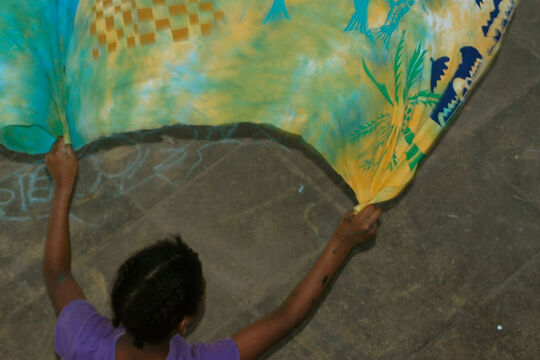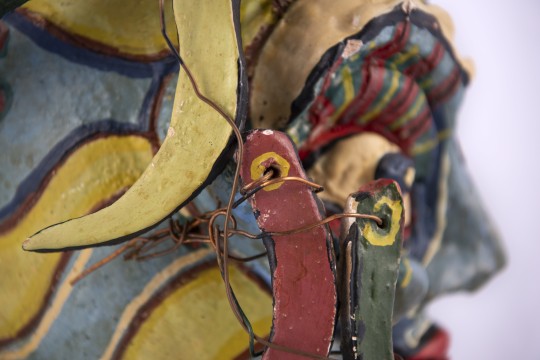Guest blogger: Toni Massey – 2017 Queensland Business Leaders Hall of Fame FellowThe first reported discovery and commercial exploitation of pearl shell in Queensland was made by Captain William Banner in 1868, aboard the vessel Julia Percy of Sydney, at Tutu (Warrior) Island (80 miles North East of Thursday Island)¹. Within a few years over 100 boats and luggers worked in the Torres Strait. While pearls were prized, the basis of the industry was the pearling shell, which was used for buttons, combs, jewellery, insets in furniture and cutlery set handles. Pearling lugger in the waters of Thursday Island, Queensland. Undated. John Oxley Library, State Library of Queensland. Neg 1611Frank Jardine was considered to be the first Queenslander to operate in the industry, the others being mostly from New South Wales. Jardine established his pearling station at Somerset, far north Queensland, in 1872. Shell was plentiful and no restrictions were felt to be necessary. Jardine’s swimming diver boats operated in waters up to seven fathoms² (over 12 meters). Crew of a pearling lugger off the bow of the vessel, ca. 1914. John Oxley Library, State LIbrary of Queensland. Neg 27672In the early days shell was gathered by free-divers (breath hold) from what were known as ‘swimming boats’. The divers would swim for shells in the shallower waters that surrounded the islands and reefs. The boat, under jib and mizzen sail, would make a series of short tacks through the divers, who would toss the shell into the boat. At the windward end of the ground the men were picked up and the process repeated until the tide grew too strong to work³. The free diving method was very successful, and divers were assisted by wooden goggle-shaped glasses which fitted tightly around the eyes for protection and to prevent water interfering with the diver’s vision. Pearl Divers, Torres Strait 1920. John Oxley Library, State Library of Queensland. Image 29819-0001-0002The swimming boats were from four to eight tons, carvel built with two standing lug sails and a jib, and drew about a metre and a half of water. They were partly decked and were able to accommodate between ten and fifteen men who had provisions and supplies for a week. They operated from shore stations and were sailed to a pearl shelling ground. Between 700 and 1000 pairs of shell made a ton, and twenty pairs were considered a fair day’s work ³. Two species of pearl-shell formed the mainstay of the industry; the gold-lipped pearl oyster Pinctada maxima and the black lipped pearl oyster Pinctada margaritifera. Other commercial species of lesser importance also existed. Pearling boat at sea in North Queensland, 1899. John Oxley Library, State Library of Queensland. Image APA-050-0001-0022The loss of life from shark attacks did occur among the swimmers who were the most exposed to attack. Often sharks would follow the diving boats, attracted by the fat from the slat beef that the divers ate and tossed overboard from the boats. The apparatus divers, who were entirely encased in canvas suites, except the hands, were not as troubled by sharks. If a shark did approach too close they would suddenly release air from the escape value which would frighten the shark away⁴.A report to the commissioner in 1899 wrote that ‘the divers, as a body of men, do not fear sharks, but they are dreadfully frightened of groper. These fish are found on rocky bottoms, and in tropical waters attain a large size. If a diver suddenly comes near a groper, the fish opens its immense round mouth as wide as possible, and puffs its head up to an unnatural size, in a defensive attitude. This is magnified by the face glass in the diver’s helmet, the spectacle presented to the man being like a horrible apparition. The diver immediately ascends to the surface, and by signals to other boats that may be working near, advises them that he has seen a horrible sea monster. The whole fleet will sail away, and nothing will induce a diver, who knows of the marine ghost, to work in the vicinity again’⁴.Toni MasseyFurther reading from Toni Massey: Diving into the history of Queensland’s pearl shelling industry – The first pearling trade in AustraliaReferences¹ Saenger, P & Stubbs, BJ, 2012. The Australian pearl-shell and pearl industries; from resource raiding to sustainable farming’, in FS Al-Muhairii (ed.), Abu Dhabi and pearls: a story with a history, Al Hosn Research & Studies Centre, Abu Dhabi, pp. 503-513.² Bach, J. 1955, The pearling Industry of Australia: An Account of its Social and Economic Development. The Department of Commerce and Agriculture, NSW University of technology, Newcastle.³ Mullins, S. 1995. Torres Strait: a history of colonial occupation and culture contact 1864-1897. Central Queensland University Press: Rockhampton.⁴ The pearling disaster 1899 a memorial (1899), Outridge Printing, John Oxley collection, Brisbane.Could you be one of State Library’s 2018 Fellows?Applications for a range of research fellowships and awards totalling $100,000 are now open, as part of the Queensland Memory Awards. The Awards recognise the valuable contribution of individuals and organisations across Queensland to the investigation, preservation and celebration of Queensland’s memory – past and present.State Library invites applicants to imaginatively respond to our unique collections and resources including manuscripts, maps, music, newspapers, oral histories and rare printed material. Researchers and creatives from all backgrounds and disciplines are encouraged to apply.



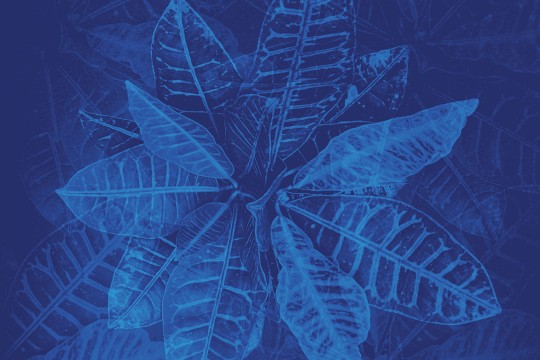
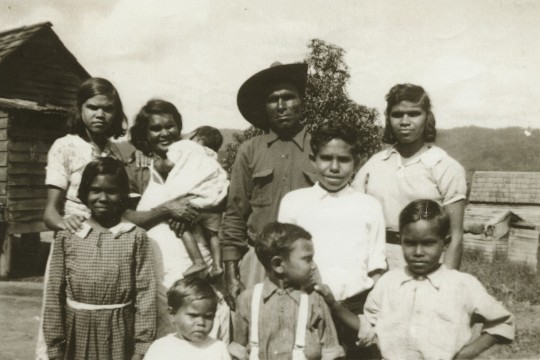

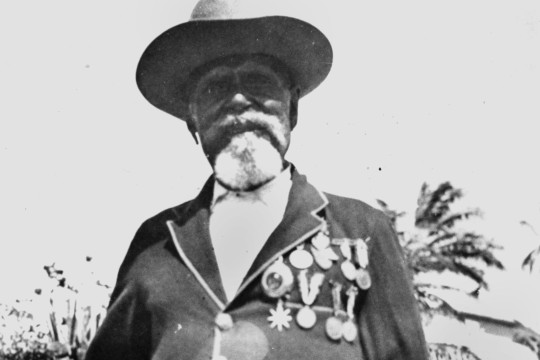
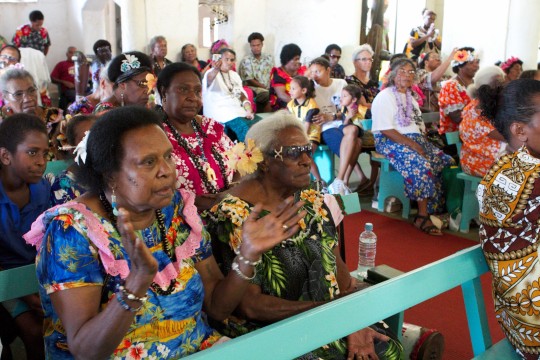

![Dugong hunter, [watercolour], creator Kala Waia (1926-1992), 570 x 310 mm. Reproduced and published in Myths and legends of Torres Strait (1970), page 16.](/sites/default/files/styles/slq_companion/public/Dugong%20hunter.jpg?itok=8cCMCqPQ)







